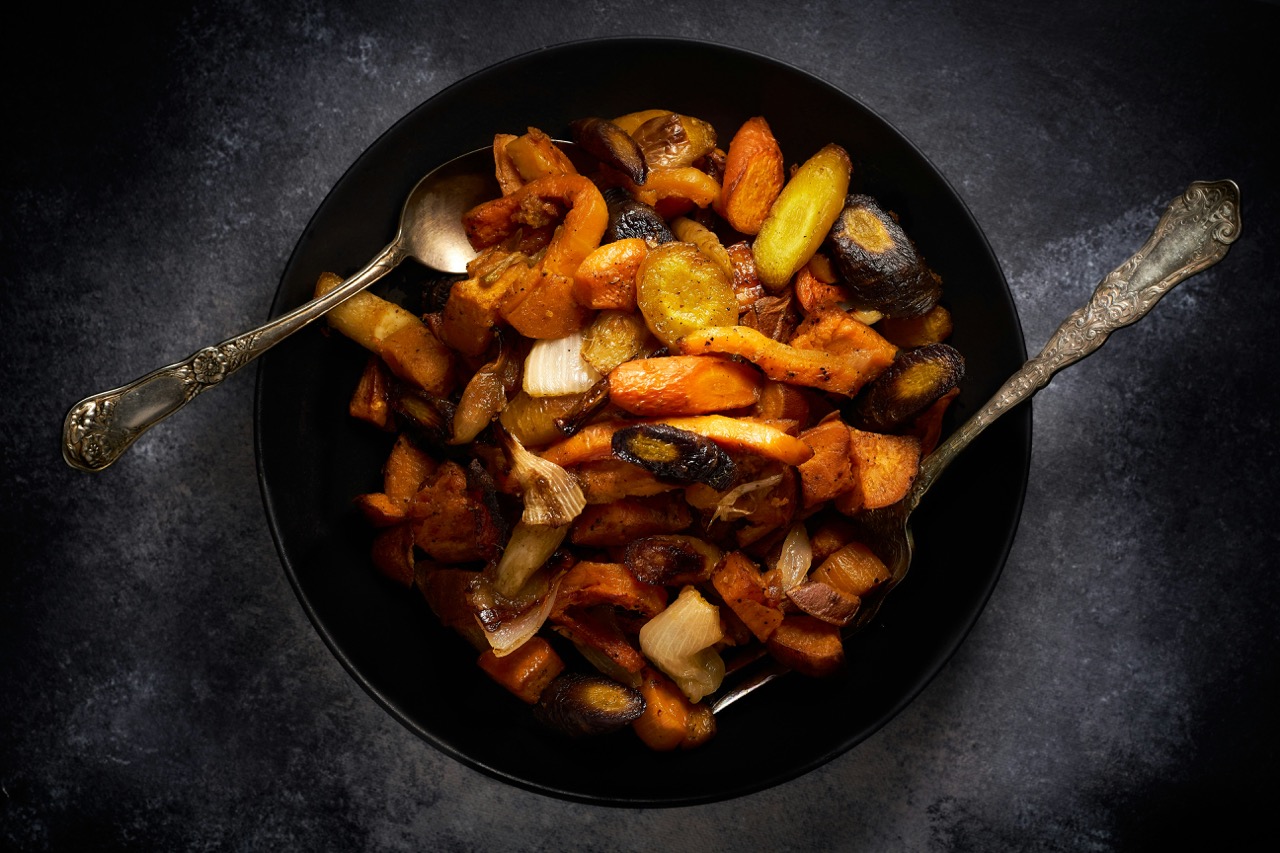Pumpkin season is here!
As the weather turns colder, we say goodbye to fruits and vegetables such as plums, tomatoes, zucchini, cucumbers and green beans. But we get to say hello to my favorite season – FALL! This season’s produce is exceptionally healthy and hearty, full of nutrients and fiber that provide great health benefits.
Here is a quick rundown of the fruits and vegetables currently in season with an emphasis on the Pacific Northwest, my hometown. Stay tuned for my next post where I share healthy holiday recipes featuring some of this produce!
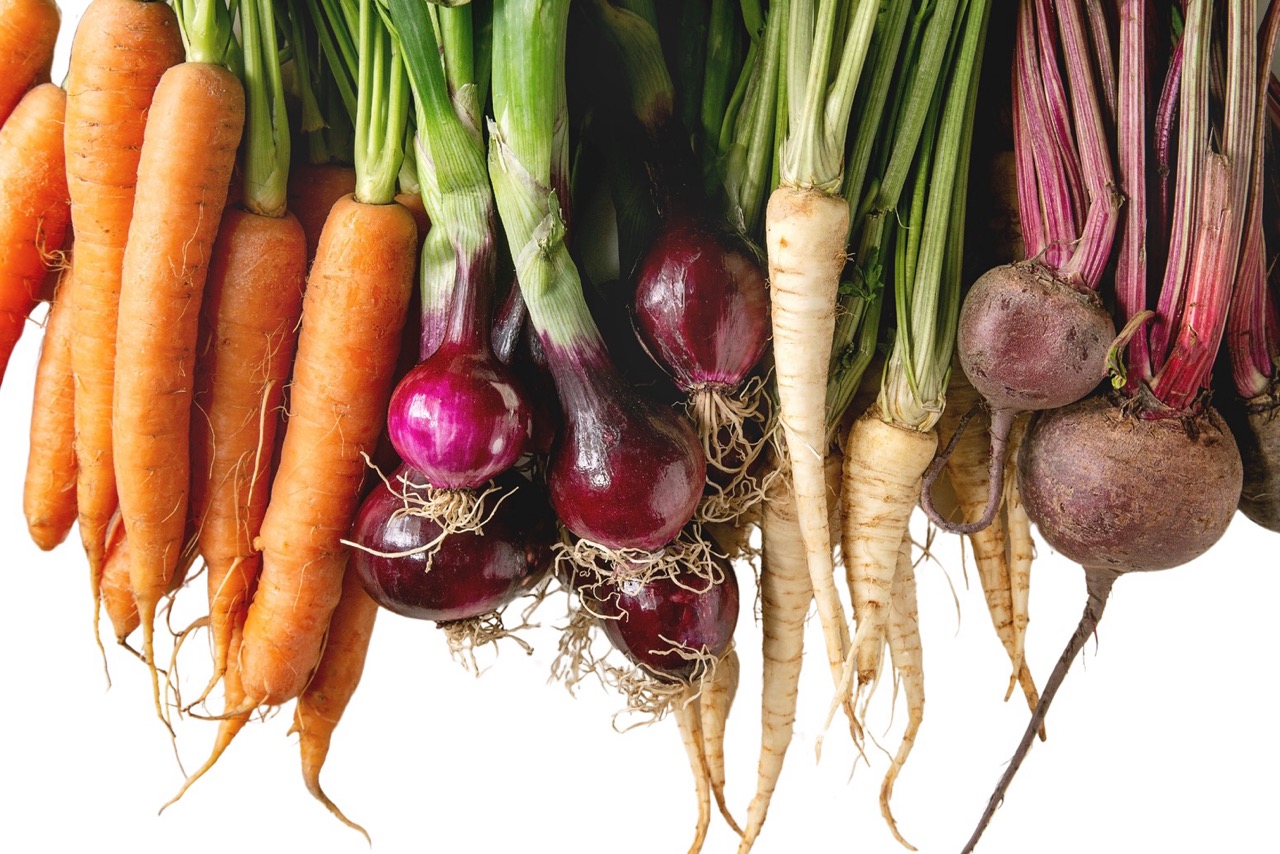
Root Vegetables
Turnips, Beets, Leeks, Rutabaga, Celery Root, Radishes, Potatoes, Parsnips, Carrots, Shallots, Onions, Garlic
Because root vegetables grow underground, they absorb a great amount of nutrients from the soil. They support gut health with prebiotic function and promote regulation of metabolic parameters such as glucose level, blood pressure and lipid profiles. They also are high in fiber to help lower inflammation and support healthy digestion and weight loss.
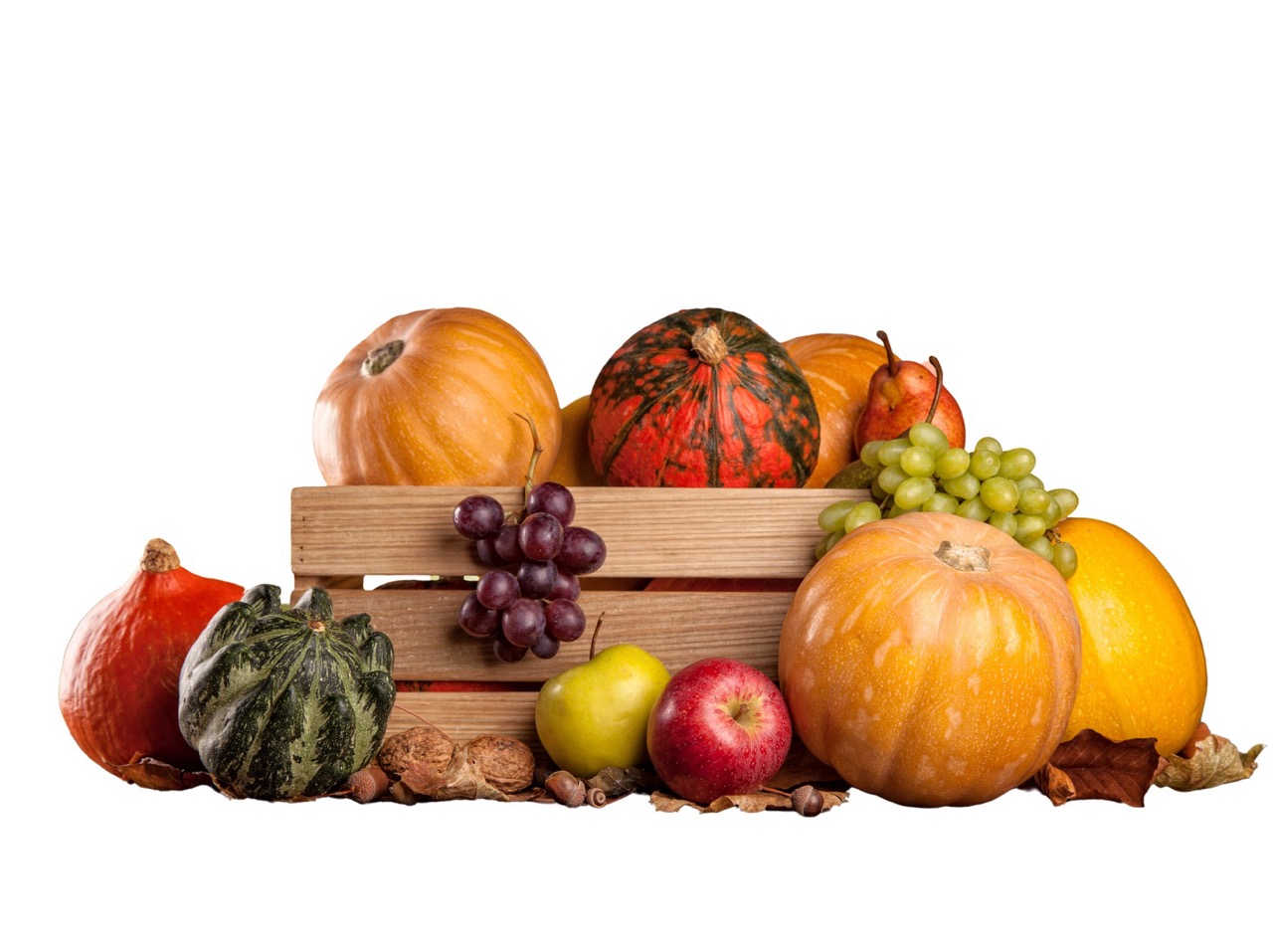
Fall Fruits
Apples, Pears, Persimmons, Quince, Grapes, Cranberries
These fruits are high in vitamins and fiber that can help boost your immune system and with digestion and weight loss.
Then, you may not know this, but Pumpkins and Winter Squash are fruits as well and have a very long shelf life. They are high in antioxidants, minerals and fiber that supports a healthy immune system, gut health and bone health.
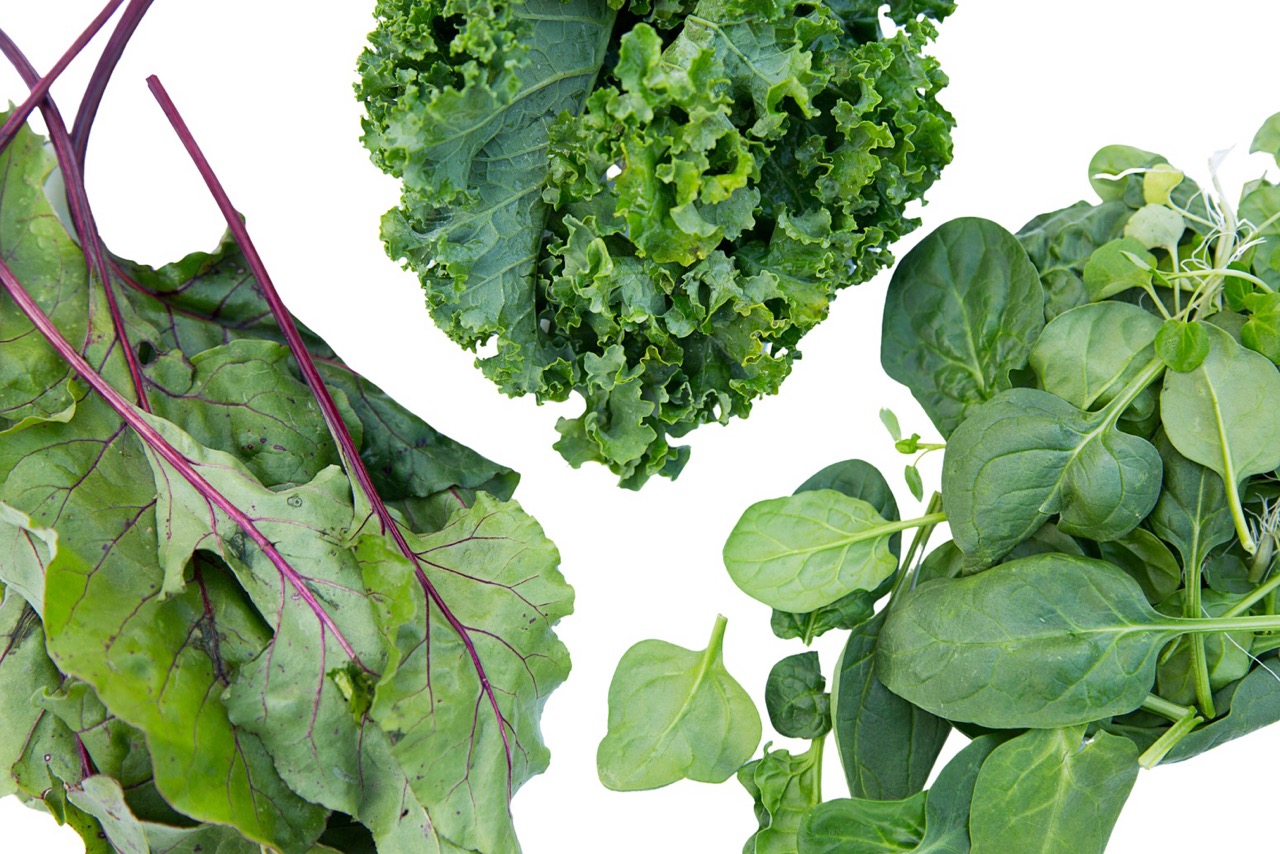
Leafy Greens
Kale, Lettuce, Watercress, Spinach, Collard Greens, Arugula, Swiss Chard
Dark leafy greens are considered to be among the healthiest because their deep green color indicates high levels of antioxidants which may help prevent cancer and support healthy aging. They also contain high levels of fiber, vitamins and minerals that can reduce inflammation and bloating and support a healthy gut and weight loss.
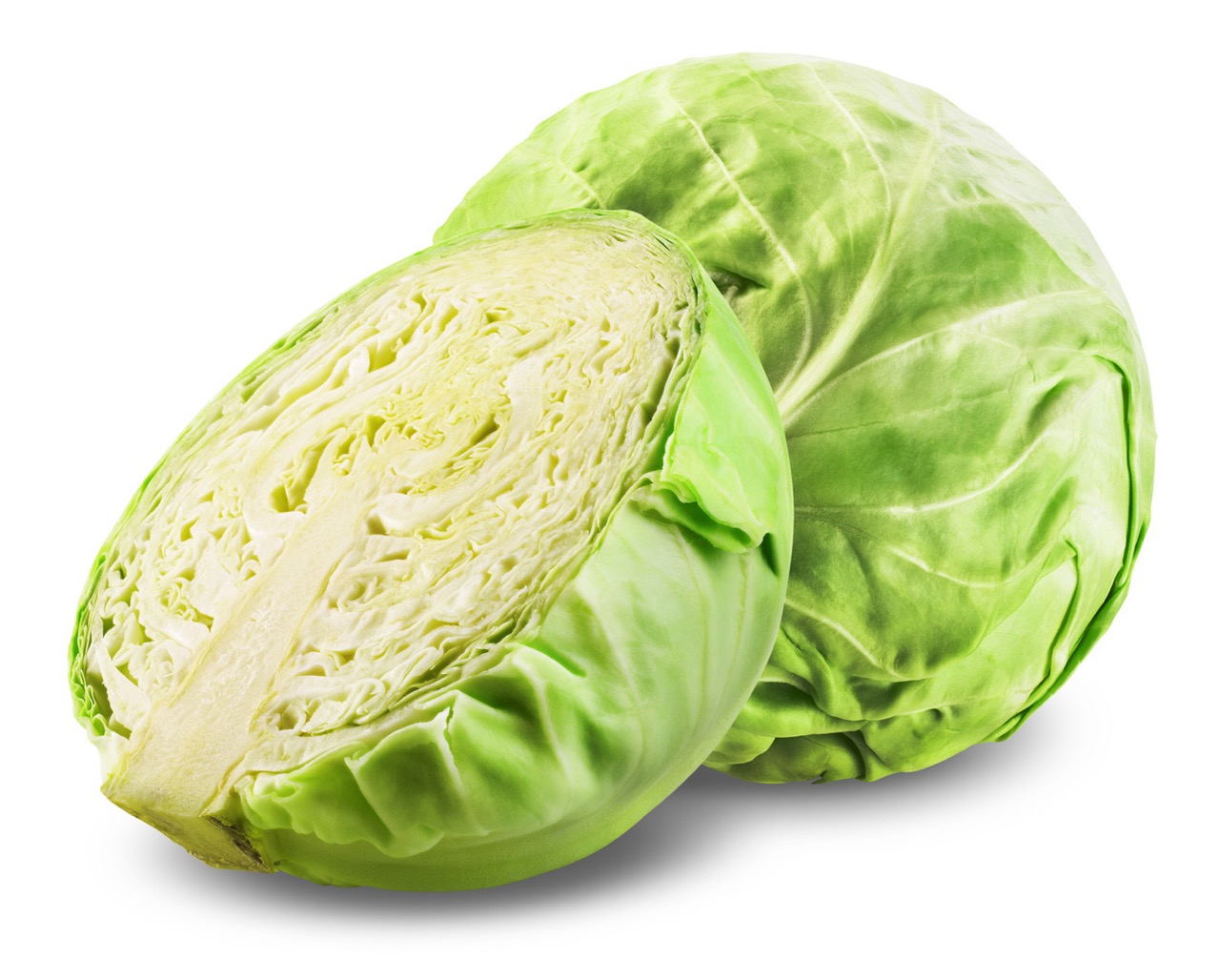
Cruciferous Vegetables
Cabbage, Kohlrabi, Brussel Sprouts
This category also includes some vegetables that are also leafy greens such as kale, collard greens and watercress and also root vegetables such as turnips, rutabaga and radishes.
So these superfood vegetables are high in fiber but low in calories and contain many vitamins and minerals. They have been linked to a number of health benefits including cancer prevention and cardiovascular health as well as contribute to weight loss, lower inflammation and improved gut health.
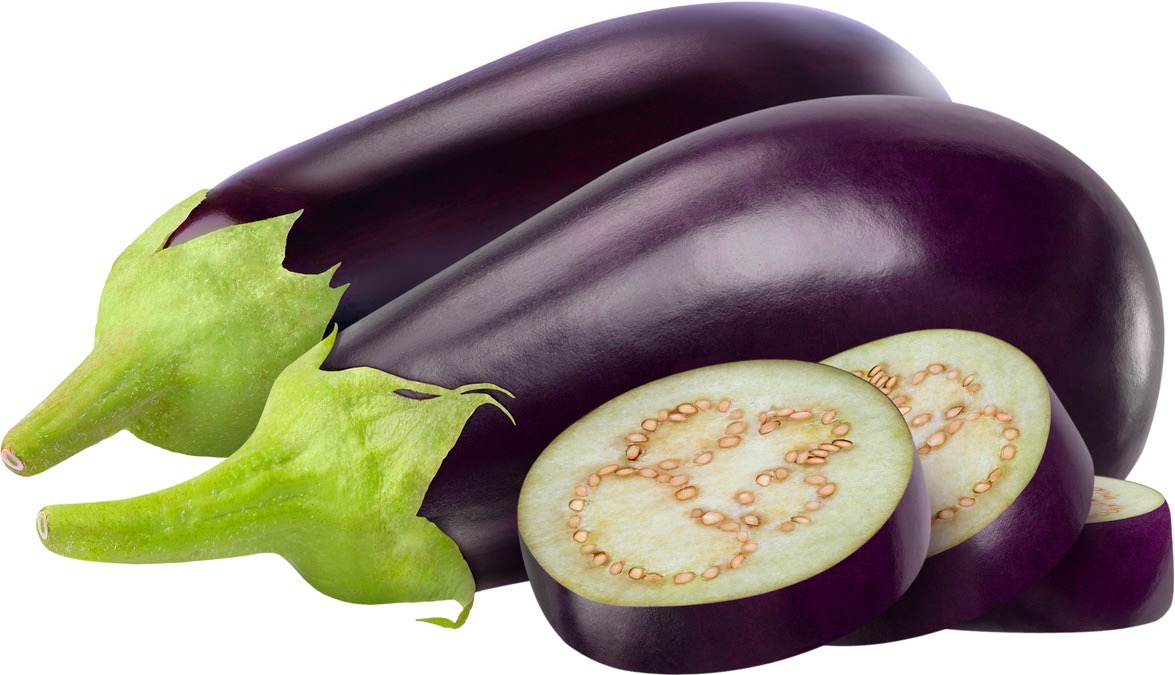
Eggplant
This vegetable is high in antioxidants like vitamins A and C, which can help protect your cells against damage. It is also high in natural plant chemicals called polyphenols, which may help cells do a better job of processing sugar if you have diabetes.
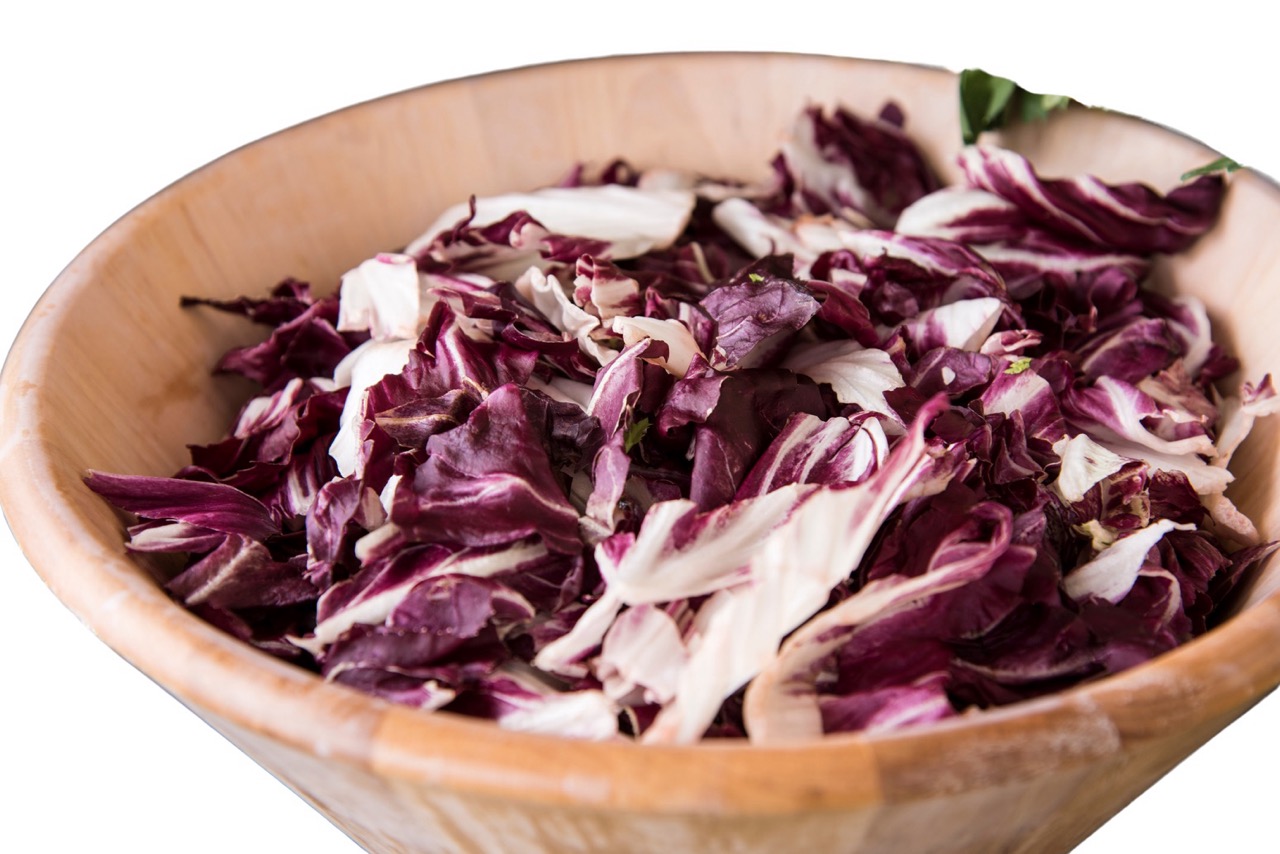
Radicchio
This vegetable is rich in vitamin K, antioxidants and fiber which support a healthy gut as well as may help to reduce the risk of cancer, osteoporosis, diabetes and heart disease.
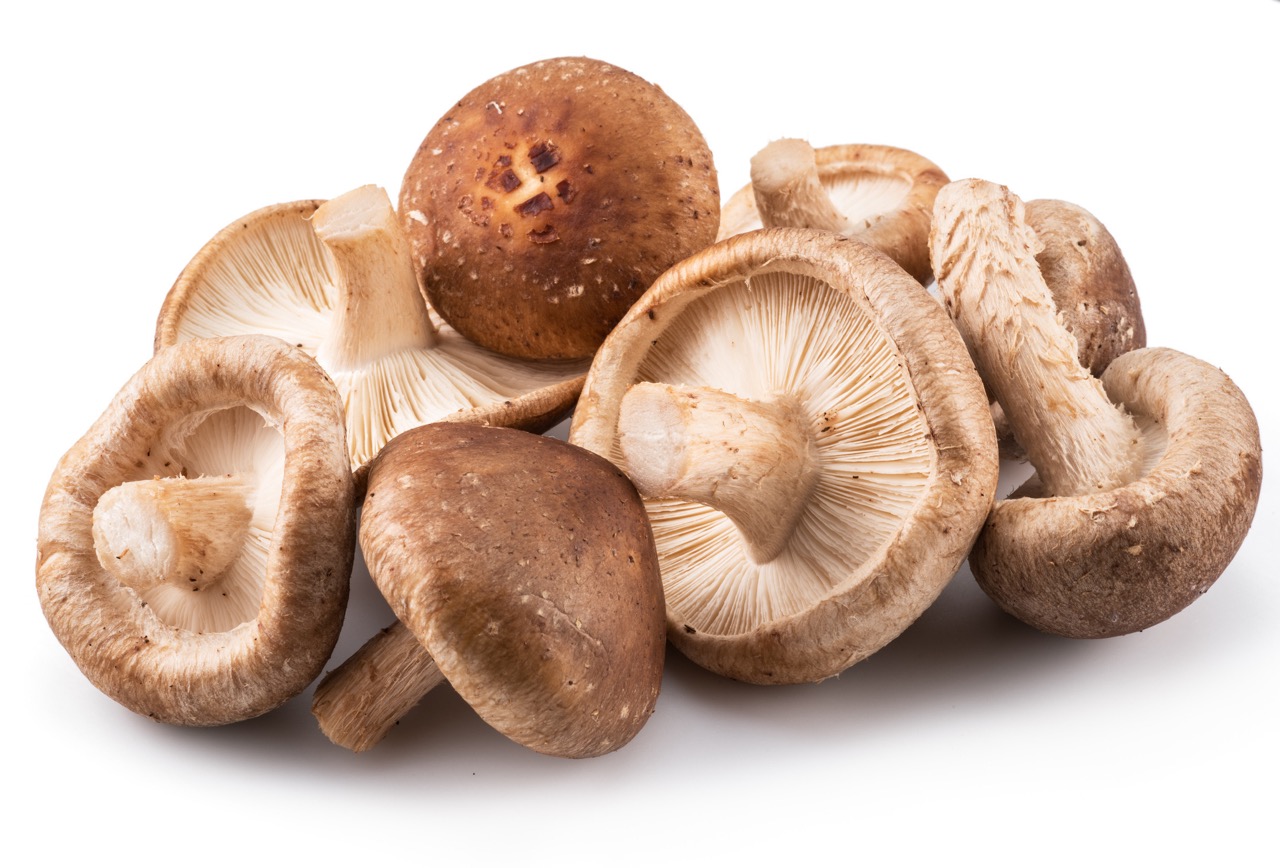
Wild Mushrooms
Mushrooms are a rich source of fiber, protein and antioxidants. They help boost the immune system, lower blood pressure and are a healthy source for weight loss. They may also help to reduce the risk of heart disease and cancer.
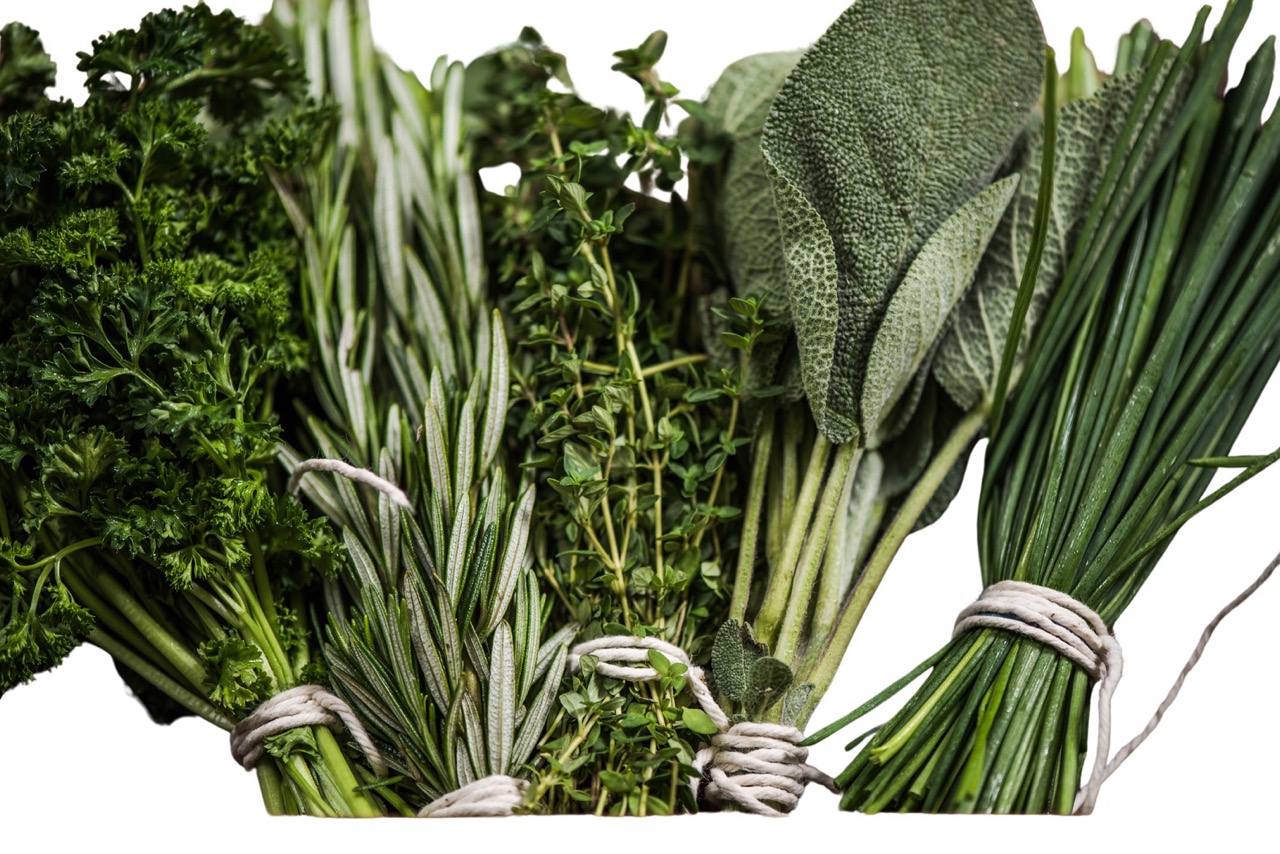
Herbs
Sage, Thyme, Rosemary, Oregano, Sorrel, Parsley, Mint
Not only can these herbs add flavor to your cooking, but they can be just as nutritious as vegetables. They are high in vitamins A, C and K and contain polyphenols which can help support your immune system and have anti-inflammatory properties.
I hope this fall produce guide helps you cook more consciously and sustainably as you are buying ingredients that are in season and that support your health! I challenge you to try a new recipe that contains one of these ingredients and if some of the produce is new to you, find a recipe to incorporate it into your diet. Need ideas? Stay tuned for my next poster where I share healthy holiday recipes.
If you want to learn more about how what you eat impacts your health and chronic symptoms, contact me for a free strategy session. I’ll assess your current nutrition and give you some simple ideas to get you started towards better health that can easily fit into your daily life.

